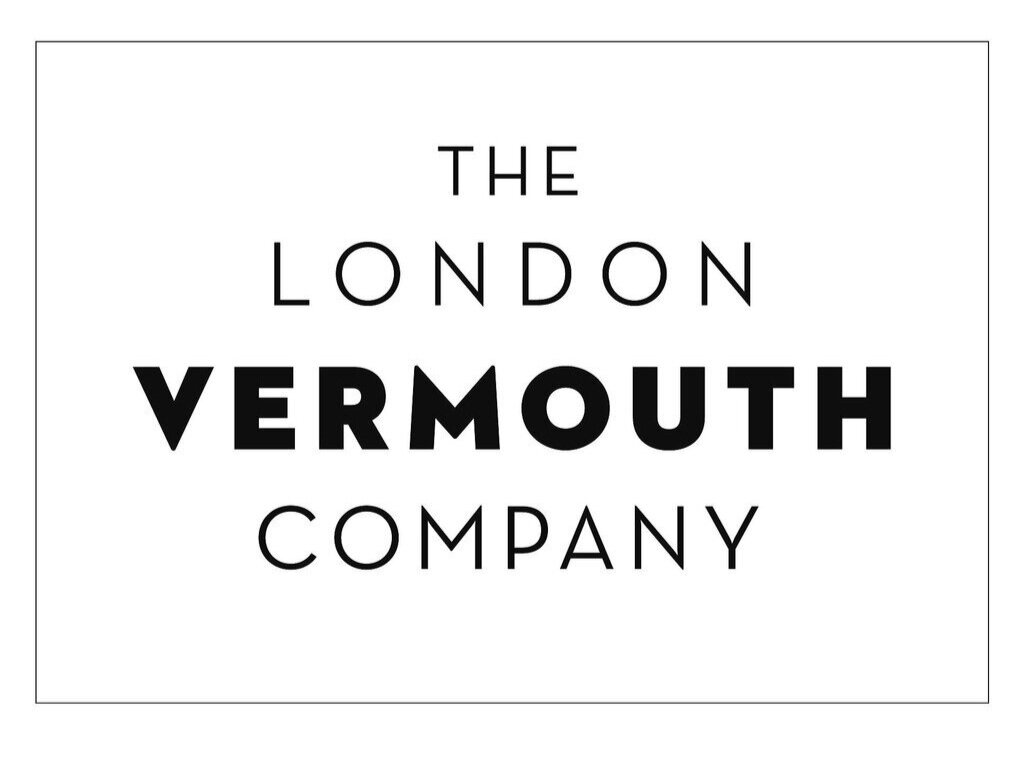Our Ingredients.
”If ingredients are the key to unlocking the palate then great sourcing must surely be the way to open the heart”
Guy, The London Vermouth Company
Ugly Essex Gooseberries.
From an idyl overlooking the banks of the River Stour on the Essex / Suffolk border, Craig and Gail Williamson (Barn Farm Drinks) grow wondrous soft, bush and stem fruits for supermarkets and alike. Being the lovely people that they are, they also let us take on the rejected, ugly gooseberries, bringing perfect sour notes to our No.3 S.E. Dry.
Kentish Gamay.
The Barnes family run the Biddenden Vineyard in the rolling Wealds of Kent and have, for over 50 years, been at the forefront of England’s vinicultural renaissance. They produce a rare Kentish Gamay which gives No.2 Camille’s Red its complex heart, whilst uplifting the botanicals & ensuring a refreshing length. Perfect at sundown.
Closed Loop Bramley Apples.
If you ever should need the best apple skins, then go find a great cider maker. True cider makers only use the central apple flesh, leaving the skins and pith aside, thus giving more balance and less acidity to the brews. Gospel Green are true cider makers, pushing the limits of cider into Champagne territory. We use their Bramley skins (closing the waste loop in the process) in our No.3 S.E. Dry and a lot of their sage advice too. Thank you to Sussanah and Team Gospel.
South Downs Bacchus.
Our search for a perfect white to pair with our luscious botanicals was fraught. We tried dozens and dozens of bottles and we never once complained. This led us to use a Bacchus from Blackdown Ridge grown by Professor Martin Cook on his south-facing vines for our first batch of vermouth. This was followed by a Baachus Blend for subsequent batches from the Nutbourne Vineyards in West Sussex made under the guidance of consultant winemaker, Owen Elias, . South Downs Baachuus delivers just the right balance of acidity and florals to act as the base wine for our vermouth collection.
Dulwich Honey.
Not wanting to add refined sugar to our vermouth led to a small problem. Where would the sweetness come from? Honey quickly becoming the obvious answer, urban honey especially. Why did we err towards urban? …
Imagine a city, imagine every garden and every window box, imagine the huge variety of plants, the infinite variety of scents. Now imagine the depth of flavour those urban bees will find, the flavours those honeys will adopt. That’s urban honey, wildly different within even a postcode. After much tasting we chose a floral, herbacious yet gently acidic honey from Dulwich in South London. A true taste of place.
Plus of course it didn’t hurt that The London Bee Company are leaders of the new school, beekeepers extraordinaire. A company that insists its honey is neither blended nor heated and that healthy bee colonies are only maintained by sustainable and responsible practice. Hats off to our beekeepers … although only at a safe distance from the hives please!
Queens Park Bonfire Toffee.
Those of you old enough to remember will recall nibbling bonfire toffee on November the fifth, with warm hands and a frosty nose. Those of you that aren’t old enough, just imagine, it’s toffee and its smoky. Simple.
Except it’s not that simple, it’s almost impossible to get right and when you do it’s hard to replicate. We reached out to Sophie, The Crazy Baker, a woman with the patience and the skills to perfect such a seemingly simple thing. Our No.2 Camille’s Red would never be the same without Sophie. Hats off to that Crazy Baker.
Spices are our vices.
Our vermouth company didn’t need to debate who wanted the role of sourcing. Guy’s notebooks got him the job. He’s been scribbling secret flavour-places for years. This was his moment.
Guy’s search for the world’s finest cardamom took him to see Manak Mewa, purveyors of perhaps India’s most aromatic spices. Choosing a bright and youthful cardamom, native to Bengal, which you’ll discover in the complex nose in the first batch of our No.1 Amber Limon and nestling amongst the refreshing mouthfeel of our No.3 S.E. Dry.
For orange flowers Guy already knew where to head. It was already in one of his flavour books: Marrakesh. Both our No.1 Amber Limon and No.2 Camille’s Red utilize orange flowers, not a common ingredient, but loved by Camille and everyone we know now too.
For cloves and black pepper too Guy headed straight for the Indonesian Maluku Islands (aka the Spice Islands) gifting him an adventure and No.2 Camille’s Red a warm nose.
For bay leaves the search was tiny, we grow them in Guy’s garden.
